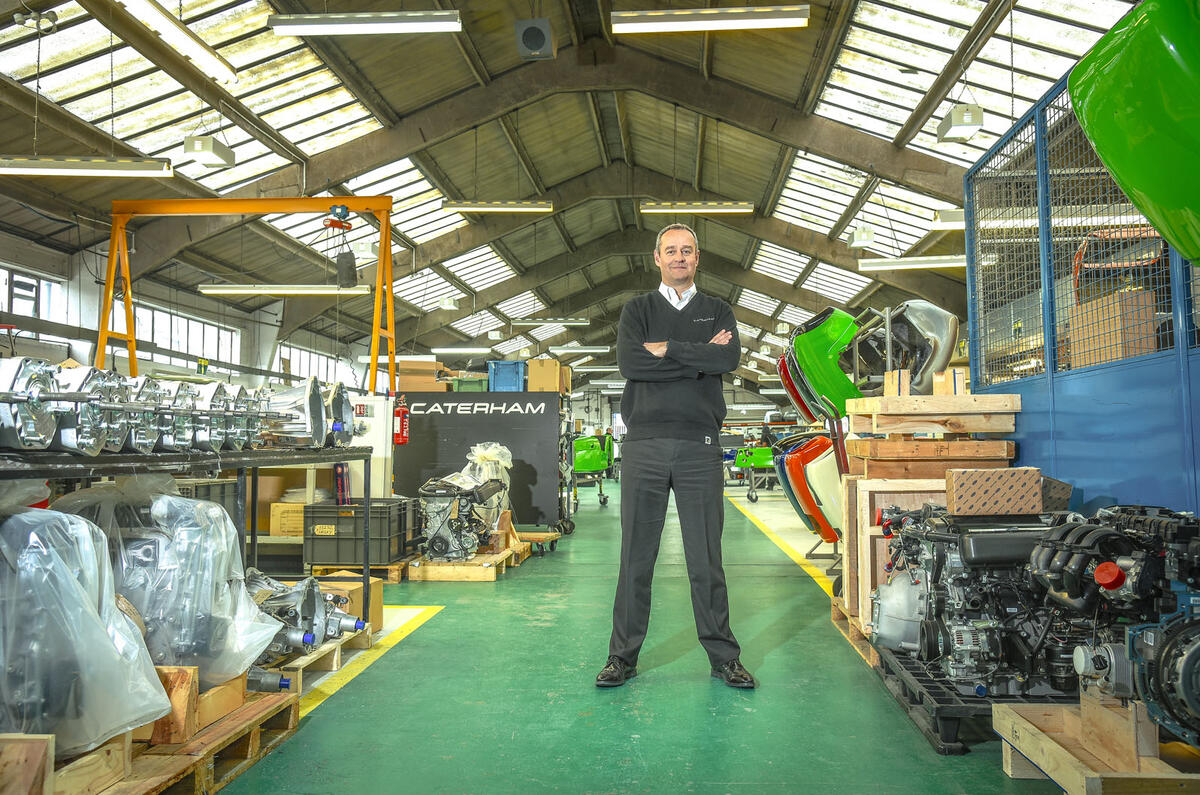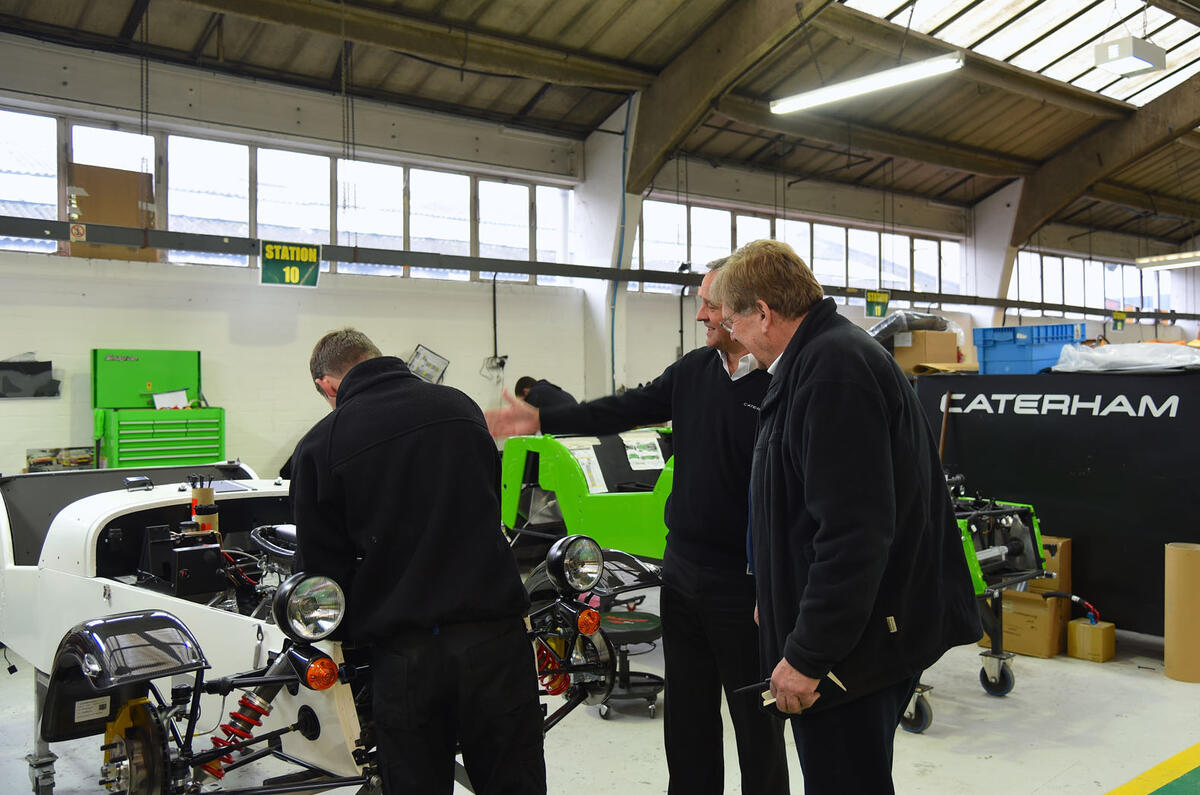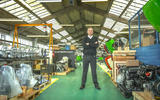To the naked eye, the Dartford street occupied by Caterham Cars doesn’t much resemble the ‘broad sunlit uplands’ of Churchill’s famous speech, even though the statesman lived nearby.
Instead, Kennet Avenue is crowded, down at heel and industrial, and its best vista features a sandwich van at the end of the road. Even so, when you consider Caterham’s rapidly improving financial performance and prospects, maybe the allusion works.
This manufacturer of the now 60-yearold Seven sports car has sprung back to its best after a decade of uncertainty that was fuelled first by the collapse of its engine and chassis suppliers, and then, bizarrely, by its own over-ambition.

Today, led by an optimistic and financially savvy CEO, Graham Macdonald, Caterham Cars is working again at full capacity. There’s a 12-month waiting list and the company’s morale and quality have both been boosted by new manufacturing methods. Best of all, Caterham is earning solid profits again and knows how to do even better.
As most enthusiasts know, the company was established in 1973 by Lotus dealer Graham Nearn, whose aim was to keep building the ultrasimple Lotus Seven sports roadster after Lotus founder Colin Chapman killed it because he felt it lacked the sophistication of a contemporary Lotus. When Sevens couldn’t be Lotuses any more, the ever-practical Nearn named them after the location of his showroom, so customers could always find him. It worked.
By the early 1980s Nearn had outgrown his headquarters and moved to Dartford, where the company rolled along happily until about 1990, when difficulties started arising. First there was an early 1990s recession, then during the recovery, Caterham Seven demand began to be affected by the success of rivals, notably Westfield.



































Join the debate
Add your comment
Is my memory failing !
Production line
Chartwell